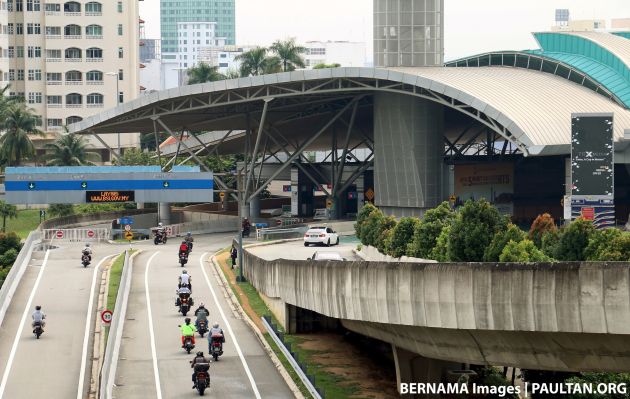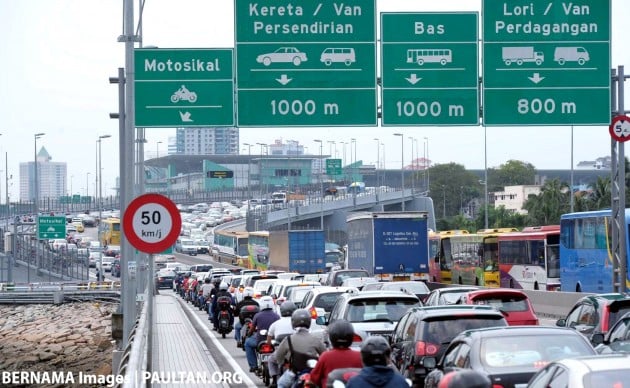The decision on finalising the system that will be permanently used for QR code immigration clearance at the Malaysia-Singapore border will be made this year, according to home minister Datuk Seri Saifuddin Nasution Ismail.
At present, the system is being trialled as a proof of concept project from June 1 to November 30, with three systems – MyTrip, MyBorderPass and MyRentas – being utilised for immigration clearance at the two land borders with Singapore. The selection of a single system to facilitate border clearances has reportedly been made, and the announcement of the successful contractor is expected to be made soon, The Star reports.
“It was agreed in the meeting to finalise the procurement process for the QR code system this year following the POC submission. It was also agreed that use of the QR be extended to travellers on other forms of transport, to be implemented in phases next year,” he said. Long-term plans are being made for the use of QR codes to be expanded to foreigners, similar to the present use of Malaysian autogates by foreign nationals.
Saifuddin said that the QR code system, used by travellers who make up over 80% of the 400,000 daily crossings, has proven highly effective in easing border traffic congestion. At present, more than 350,000 Malaysian bus and motorcycle users (including pillion riders) have signed up for the QR code since the POC began.
During the POC period, those crossing the Sultan Abu Bakar Customs, Immigration and Quarantine (CIQ) complex (KSAB) at the Second Link use MyTrip, while those crossing at the Bangunan Sultan Iskandar CIQ in Johor Baru (BSI) use MyRentas. Meanwhile, motorcyclists coming from JB utilise MyBorderPass, which uses facial recognition or the scanning of a QR code. To date, MyTrip has had the most registrations, numbering almost 200,000, followed by MyBorderPass and MyRentas, at about 80,000 each.
The Star also reports that authorities are looking into the possibility of expanding the use of the system to trial car users. Johor state works, transportation, infrastructure and communications committee chairman Mohamad Fazli Mohamad Salleh said that the state government hopes that the QR system for cars can be trialled before the POC period ends.
“So far, the QR codes have been effective for bus and motorcycle users. We can use some of the existing hardware and test it for cars. We just need to move the existing infrastructure to be tested in one or two car lanes. Our main aim is to find out and solve all the teething problems, as I am sure the QR code system will be implemented for all vehicles in stages,” he told the publication.
The post Gov’t to announce the system chosen for QR code immigration clearance at Johor border crossings soon appeared first on Paul Tan’s Automotive News.


